Why switch now?
The answer lies in your posture and health
Automate
A natural foot strike automatically activates the small stabilising muscles that become lazy in conventional shoes.
Integrate
Bearfoot shoes build movement therapy into every step you take—no extra exercise plans or gadgets required.
Regenerate
Improved blood flow speeds up tissue recovery; something we frequently observe in people with plantar heel pain.
Innovate
Manufacturers use flexible, recyclable materials that let the shoe bend naturally and last surprisingly long.
The essence.
The essence

It is like finally shrugging off a tight blazer after a long meeting—that is how your feet feel the first time they slide into Bearfoot shoes.
Natural movement is the most affordable form of physiotherapy
Less impact on joints
With a low to zero heel drop, peak load on knees and hips is reduced.
Stronger arches
The thin sole demands active muscular control, allowing fallen arches to train back to strength.
Better proprioception
Because there is hardly any cushioning, the sensors in your soles register every surface. Your brain makes micro-adjustments more quickly.
more balance in ankle and knee
often less back pain after 3–6 weeks
increased energy feedback while running
How do you transition to Bearfoot?.
A step-by-step approach prevents overload and accelerates your progress.

Step 1: Foot assessment.
Analyse your current foot strike. Record a slow-motion video or consult a podiatrist. Only then will you know whether you pronate or supinate.
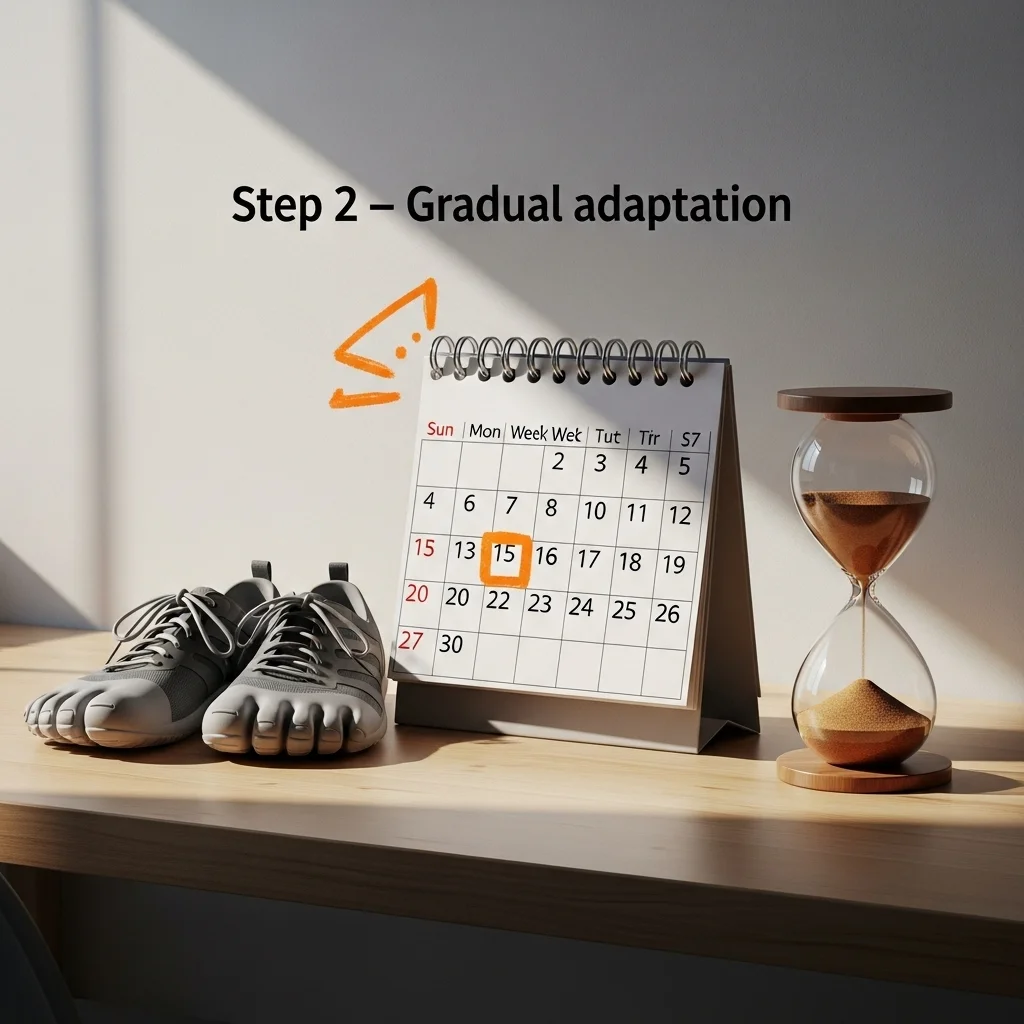
Step 2: Gradual adaptation.
Wear the shoes for just one hour per day during the first week. That is shorter than many forums recommend, but in practice we see that ramping up too quickly leads to problems.
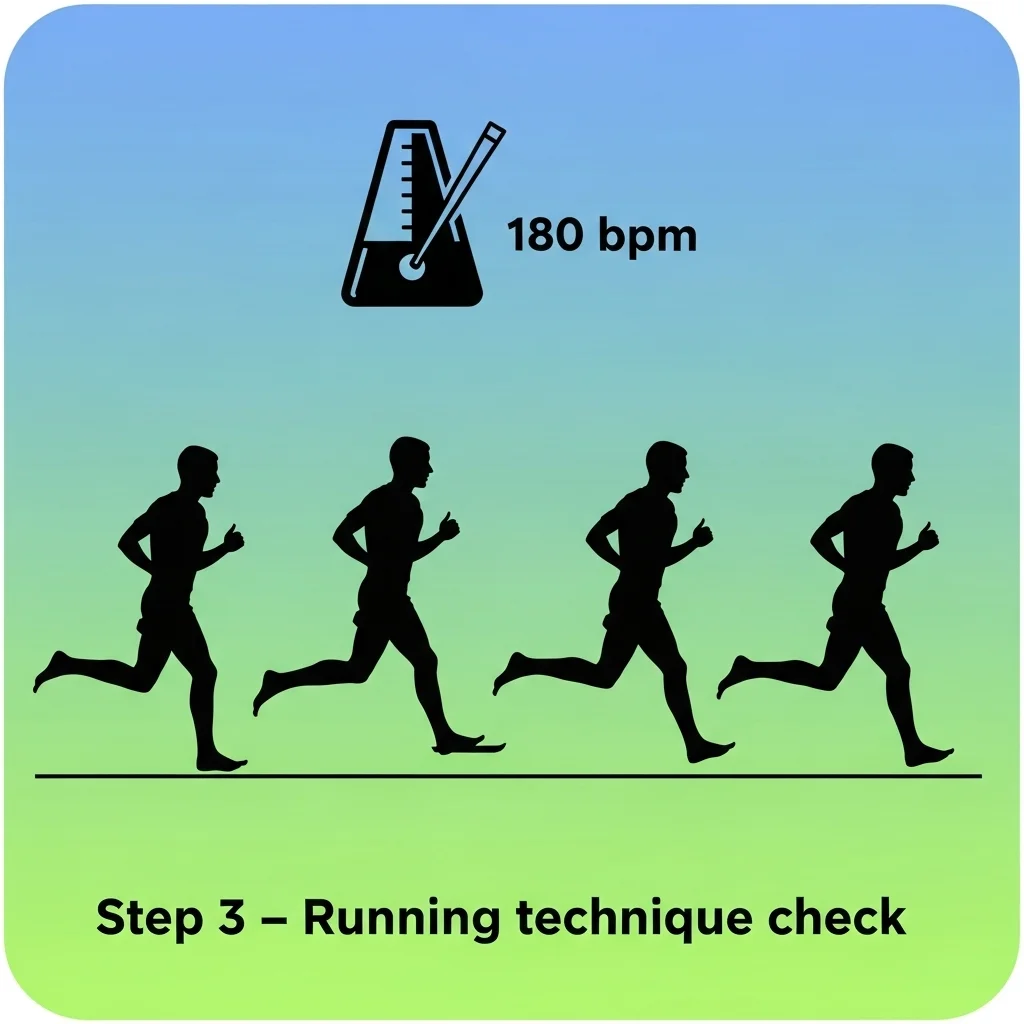
Step 3: Check your running technique.
Focus on short, quick strides (around 180 bpm is a good benchmark). And remember: land underneath your torso, not in front of it.

Step 4: Strengthen supporting muscles.
Calf raises, toe curls, slackline balance—it need not be a full workout, but schedule it three times a week.
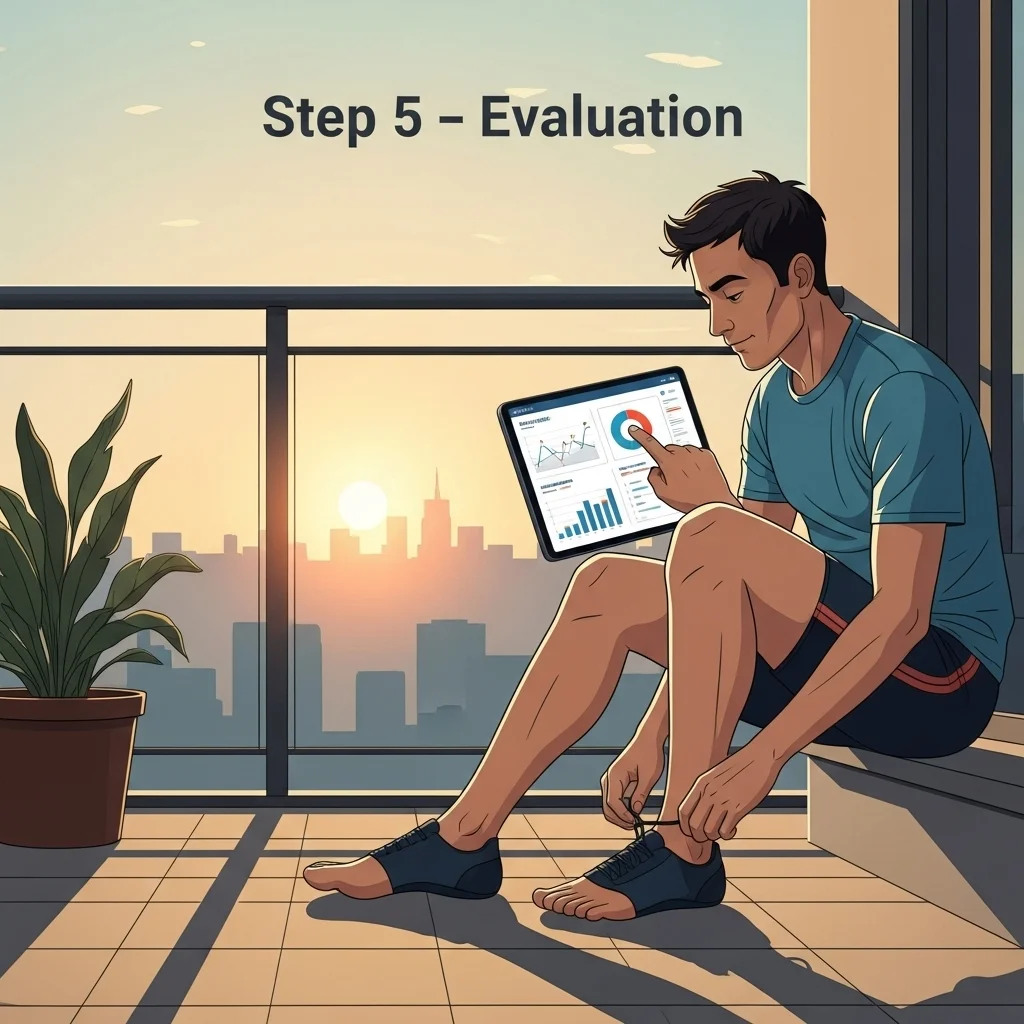
Step 5: Periodic evaluation.
After a month, measure your progress. Less pain? Covering more distance? Only then should you increase wear time and intensity.
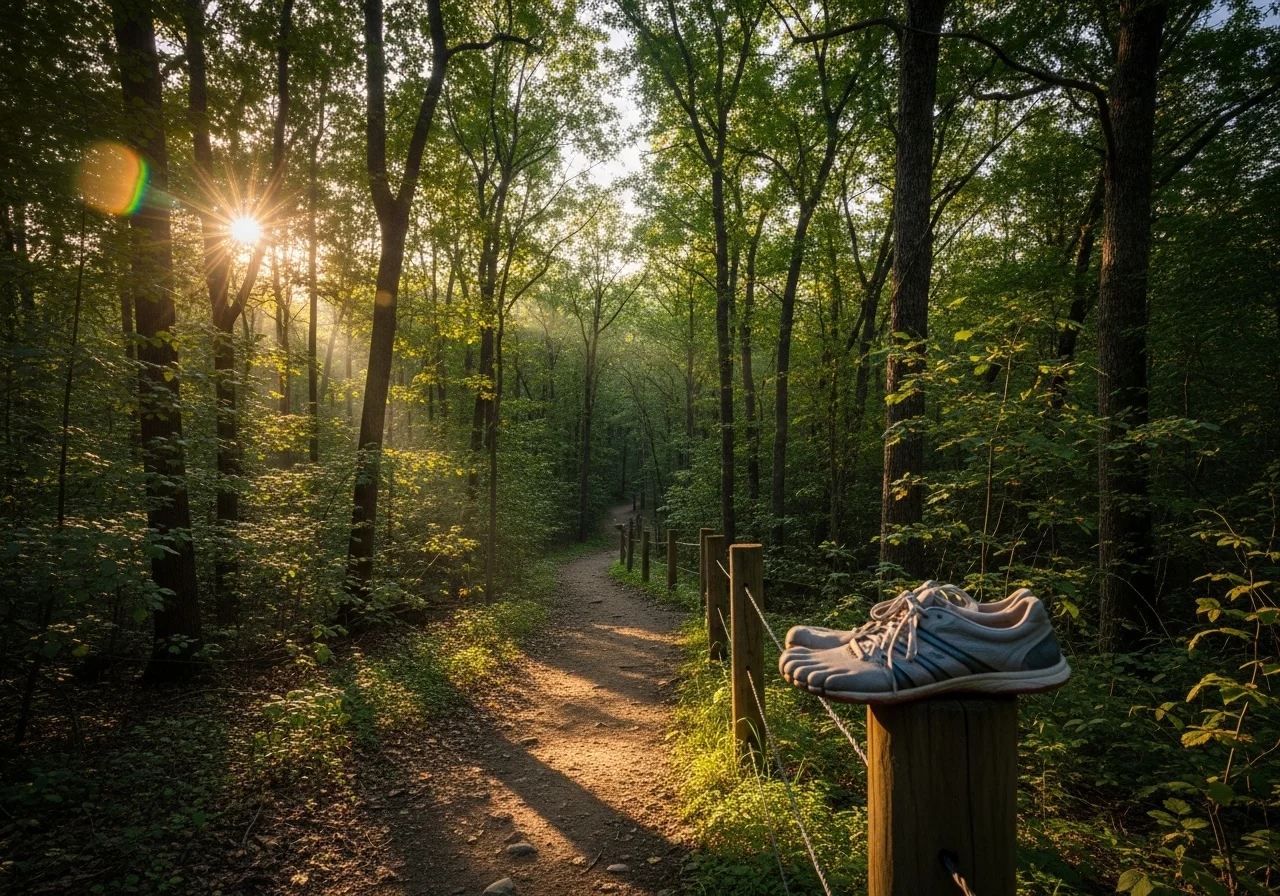

Ready to feel the difference for yourself?
Stop keeping your feet in the dark. Drop by for a no-obligation fitting session or send us your questions; we are happy to help you find a healthy, future-proof way of moving.
A critical look at the hype versus reality
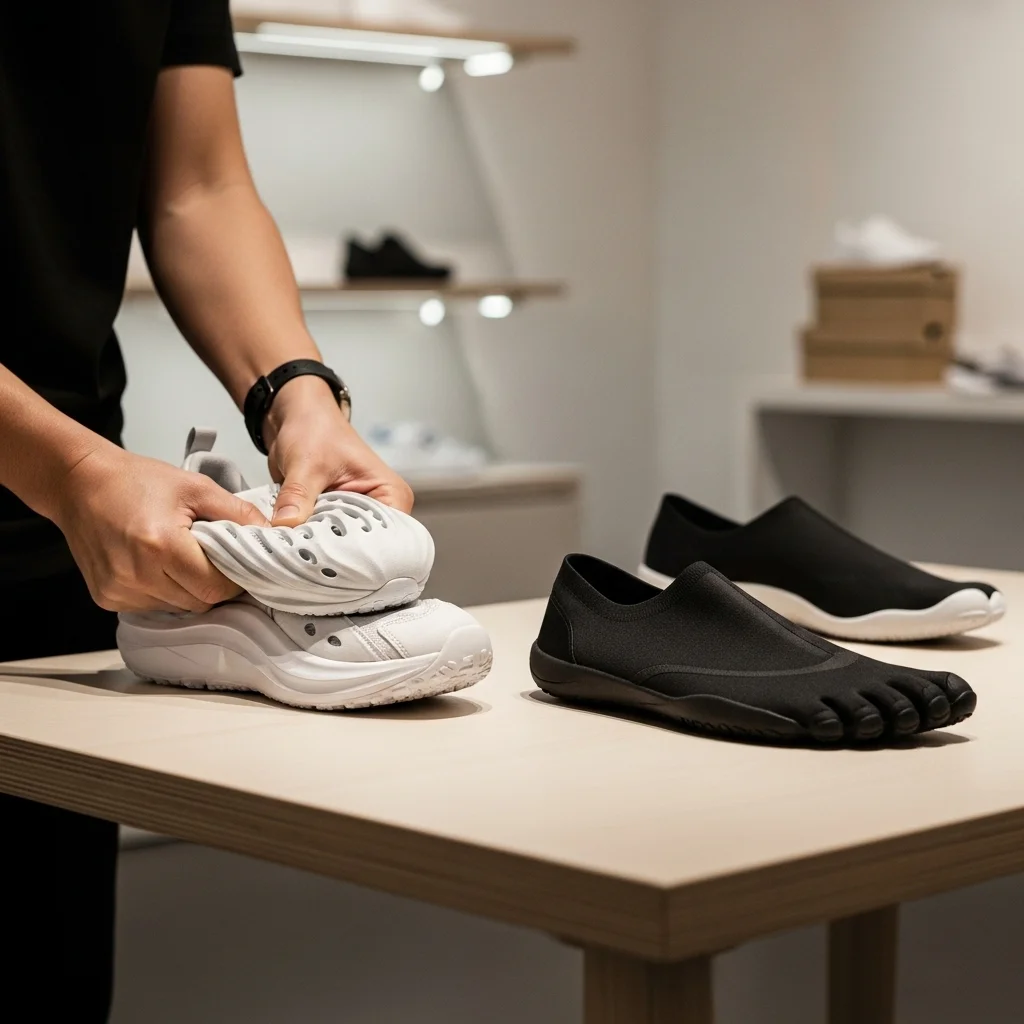
Not every foot is instantly suitable
Bearfoot shoes are not a miracle cure. If you suffer from severe hallux valgus or chronic plantar fasciitis, the transition can be challenging.
Too much load too soon
Going from a rigid anti-pronation shoe straight to zero drop? Your risk of calf pain and overuse skyrockets, to put it mildly.
Misplaced expectations
Some people expect every knee issue to vanish overnight. That can happen, but only if the root cause was your foot alignment.
A concrete step-by-step plan for daily use
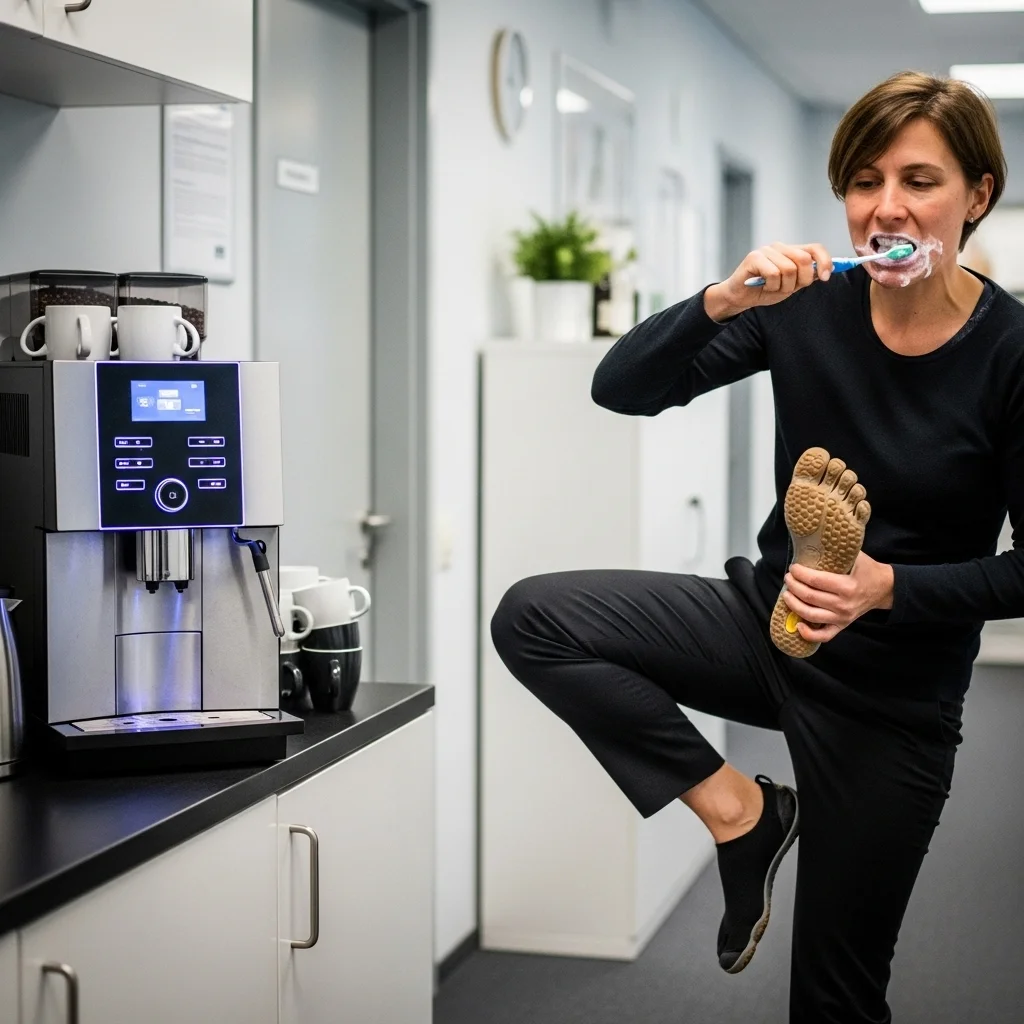
From office floor to forest trail
Start at home in bare feet while doing simple chores. Next, put on your Bearfoot shoes for the walk to the supermarket.
Micro-workouts
10 toe raises by the coffee machine
30 seconds on one leg while brushing your teeth
Experiment outdoors
Begin on grass or gravel. Asphalt feels harder and is more likely to overload your sensors.
Looking ahead: where are we heading?
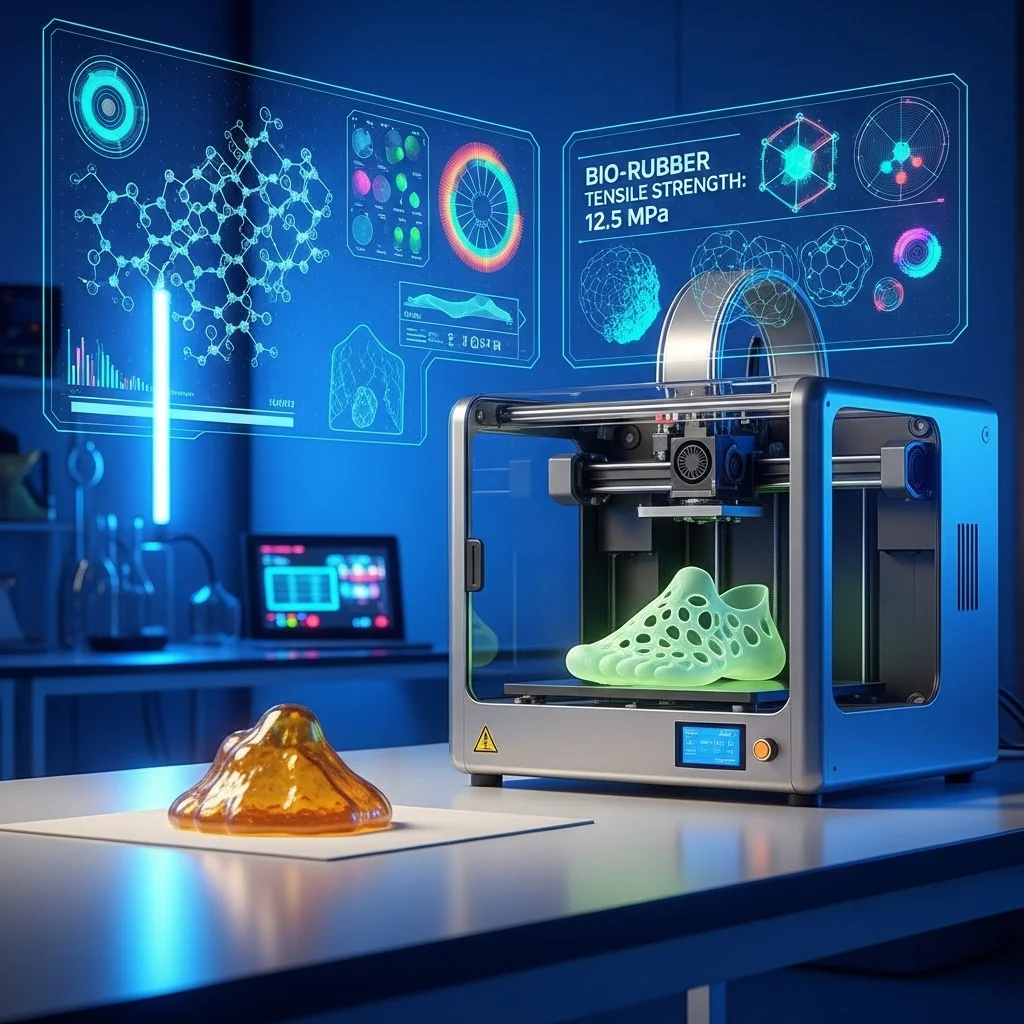
Innovation lies in materials and data
Brands are already developing soles with integrated sensors that link pressure points to an app, giving you real-time feedback on your landing.
More sustainable and more flexible
Natural rubber blended with algae foam delivers grip without environmental damage.
3D-printed upper
Within five years you will be able to print an upper at home that wraps perfectly around your midfoot. Less waste, more comfort!
1. What exactly are Bearfoot shoes? 🙂
Bearfoot shoes—sometimes called "minimalist shoes"—feature an ultra-thin sole, zero drop (no height difference between heel and forefoot) and a wide toe box. They mimic the sensation of barefoot walking while still protecting you from glass, stones and cold.
2. Can everyone switch immediately? 🤔
Not necessarily. People with severe foot deformities or acute plantar fascia issues should consult a specialist first. A gradual build-up is wise for almost everyone.
3. How long does the adaptation take? ⏳
On average four to eight weeks, but it strongly depends on your current gait, muscle strength and training volume.
4. Will my posture really improve? 📏
Often yes. Because you are no longer standing on a thick heel, the pelvis tilts less forward, which can reduce tension in back and neck.
5. Are Bearfoot shoes suitable for running? 🏃♂️
Absolutely, provided you increase cadence and build up distance slowly. Many experienced minimalist runners eventually complete marathons without issues.
6. Do they also work for flat feet? 🦶
They can strengthen the arch because the small intrinsic foot muscles have to work harder. Results, however, vary from person to person.
7. Do the shoes wear out quickly? ⚙️
Despite the thin sole, a good pair lasts surprisingly long—sometimes over 1,000 km. The material is often hard-wearing rubber or TPU.
8. What exactly are the medical benefits? 🩺
Less joint impact, stronger foot and calf muscles, improved balance and potentially lower risk of plantar and Achilles issues. Some users even report less back pain thanks to better posture.










.webp)
